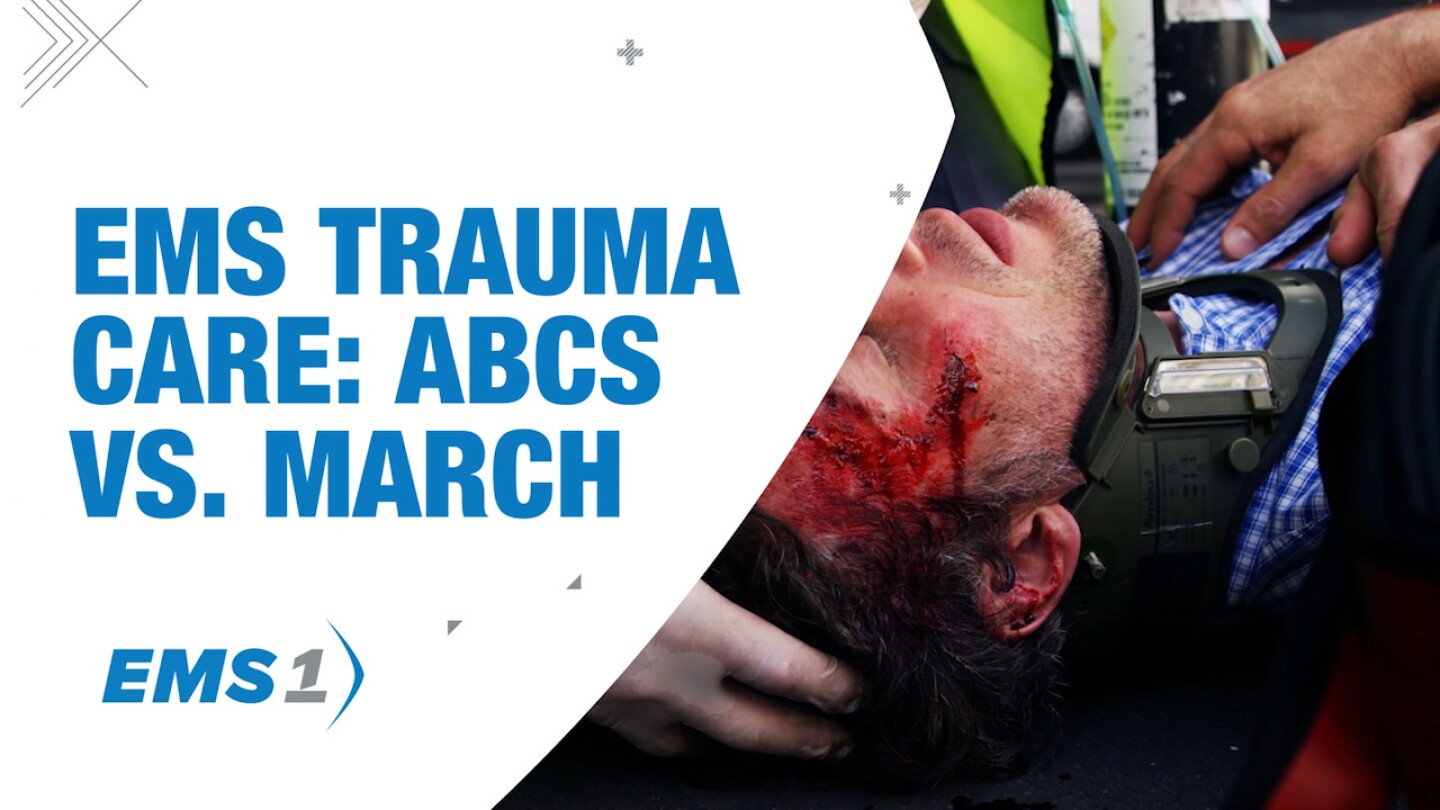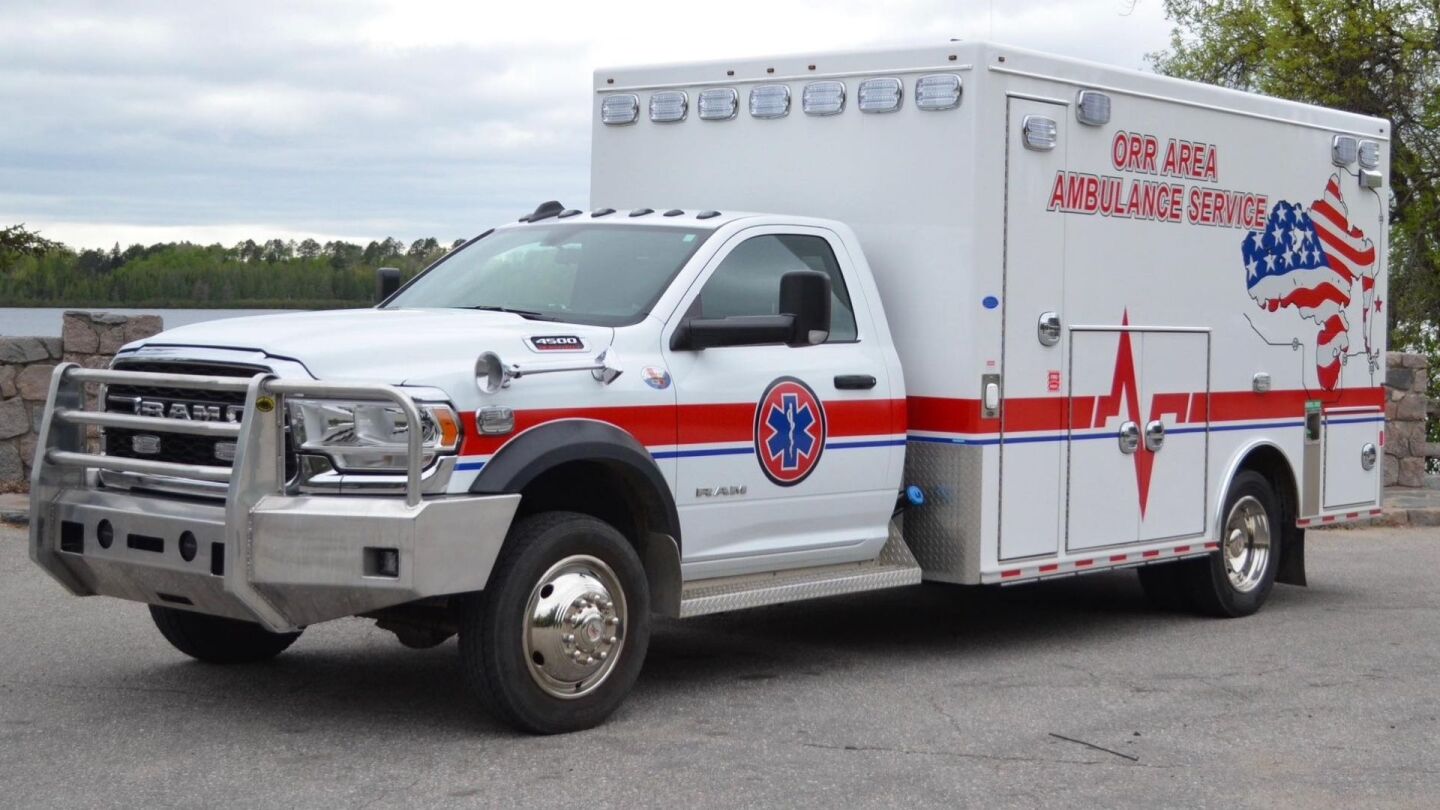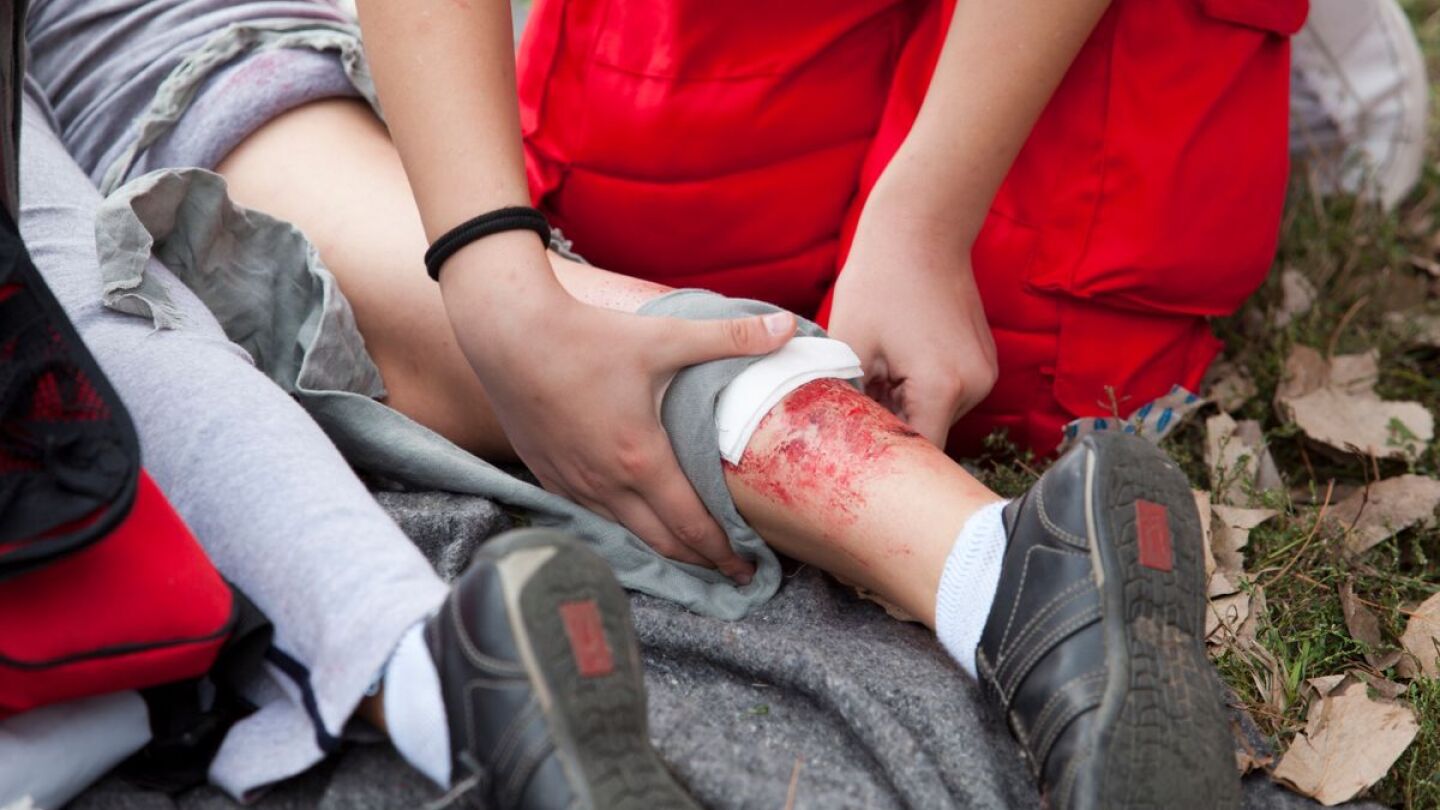Trauma
Prepare for patients who experience blunt-force or penetrating trauma with news, research, expert-written columns, podcasts and original videos in the EMS1 Trauma topic.
Hypothermic patients, multi-systems trauma and slippery scenes present difficult decision-making challenges for rescuers
Designating specific roles and other tips to make the hardest part of the job a bit easier
Crush syndrome can be expected following any event where patients are trapped for a length of time
St. Charles County medics say the new tool can deliver blood up to 19 minutes faster than traditional transport
Arlington Fire Department, AMR Arlington and Medical City Arlington have launched a Whole Blood Program, allowing paramedics to give transfusions in the field
Gunfire erupted outside the St Helena Island bar during a packed alumni event before dawn Sunday
The Southern Illinois Healthcare Trauma and Critical Care Symposium drew over 200 providers, spotlighted whole blood, maternal trauma and strengthened care
In downtown Montgomery, rival gunmen opened fire after the Tuskegee–Morehouse game
Henry Ford Genesys surgeons describe the “all-hands” response as eight patients arrived moments after a resident phoned from inside the burning church
Greater Manchester Police say the assailant drove into worshippers, then began stabbing before officers fatally shot him
The city’s Rescue 1 and Rescue 2 now carry two units in military-grade fridges, bringing transfusions to the scene and boosting survival
This advanced life support framework can help improve your trauma care
A Davenport man stemmed bleeding with a tourniquet before St. Louis County first responders reached him
After a miter saw injury, Orangeburg County paramedics applied the algae-based gel, stopping the bleeding and saving the firefighter’s hand
York County residents lined the route with flags as police, fire and EMS vehicles formed a solemn procession to the coroner’s office
Police say at least two people exchanged shots at a site behind a vacant building owned by a landlord
Activating the surgical team: A low-frequency, high-risk emergency procedure in the field
Our cohosts discuss bleeding control, early tourniquet use and transportation to a trauma center
Metro Atlanta Ambulance Service now carries whole blood on ALS units across Bartow, Cobb and Paulding counties
Minneapolis Police say the shooter opened fire through church windows toward the children sitting in the pews during school Mass before dying at the scene
Addressing Sioux City Fire Rescue, the “Black Hawk Down” surgeon said only 2 % of U.S. rigs carry blood
New Orleans EMS says the medic was struck while awaiting a call and is in fair condition at a trauma center
Four Given Coffee employees were hospitalized after their truck exploded outside Winston-Salem’s Joel Coliseum
Police say a gunman with a mental health history opened fire outside the Austin store and fled in a stolen car
Dells-Delton EMS, Reedsburg Ambulance and Baraboo Area Fire and EMS have each administered blood in the field since launching their transfusion programs in May
Five soldiers were shot at Fort Stewart, prompting a brief lockdown before the suspected shooter was arrested
A Denver rail worker suffered severe injuries and had his leg amputated after being trapped by a derailed train car at the BNSF Globeville Yard
The law requires annual training and emergency protocols to treat traumatic injuries before EMS arrives
A person suffered a traumatic leg injury after their leg was caught outside a Ferris wheel gondola at the Cowlitz County Fair
A gunman opened fire outside Reno’s Grand Sierra Resort, killing three and injuring three more before being shot by polic
Police say the lone shooter was neutralized inside a high-rise where the officer was working an off-duty security detail
A 42-year-old man randomly attacked shoppers with a knife at a Walmart in Traverse City, before being tackled and detained by bystanders
A gas line explosion near Johnstown sent five people to the hospital and forced evacuations
MOST POPULAR
- Minneapolis FD incident report documents Renee Good’s condition upon paramedics’ arrival
- Fundraiser for former Pa. fire chief who died at Trump rally reaches $1M
- 1 dead, 7 injured when Tesla Cybertruck explodes outside Las Vegas Trump hotel
- At least 28 injured when driver crashes into labor demonstration in Munich
- On demand: Bringing whole blood to the front lines of EMS



































